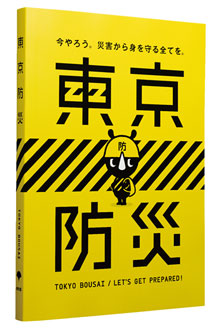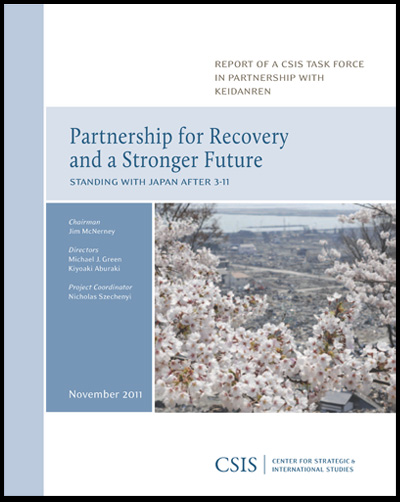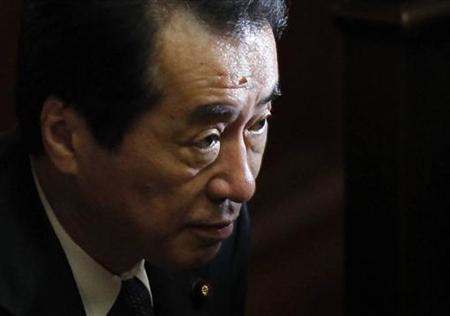You are here
Sun, 2011-03-13 17:01 — mdmcdonald
Discussions centered around research, ideas, and actions for a resilient response to the change events Japan will face.
Working Group email address: ***@***.***
Add Content to this group
Members
| AlMac99 | James Miller | Kathy Gilbeaux | mdmcdonald |
Email address for group
japan-resilience@m.resiliencesystem.org

 Image: Photo of the disaster guide from the Tokyo Metropolitan Government.
Image: Photo of the disaster guide from the Tokyo Metropolitan Government.




Recent Comments